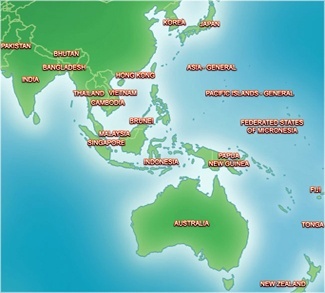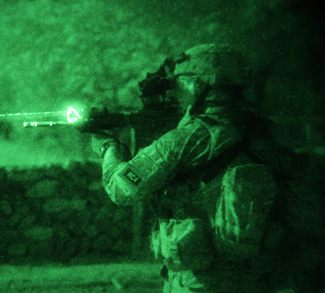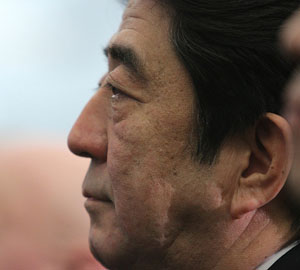Summary
A recently released defense white paper by the Australian government signals Australia’s entry into a widening Asia Pacific arms race.
Analysis
The white paper, titled “Defending Australia in the Asia Pacific Century: Force 2030,” suggests that a new strategic reality is dawning in the Asia Pacific region, one in which Chinese power and influence is fast filling the vacuum left by a waning American presence in the region. To prepare for this new security environment, the Australian government has proposed a substantial boost in defense spending, amounting to $72 billion over the next twenty years. The money will most notably be spent on new submarines, air warfare destroyers, frigates, cruise missiles, and 100 Lockheed Martin Joint Strike Fighters.
The emphasis on modernizing and improving the Australian navy underscores concerns over rising Chinese power in the Asia Pacific region, particularly naval power. The PLA Navy is receiving the lion’s share of its own force modernization resources. Moreover, Beijing’s desire to develop aircraft carriers and a ‘blue sea’ navy is increasingly assumed in defense circles around the world. The report does not outright label China as a direct threat to Australian security, but achieves the same effect by impressing the need to balance against any state becoming predominant in the region.
Although Force 2030 seems to take a hard turn towards self sufficiency in Australian defense planning, this is not entirely the case. Australian defense planners identify regional and global stability as the best providers of security. Regional stability is best guaranteed by a regional balance of power. Thus, the Australian defense establishment hopes to boost its capabilities as the predominance of the American military wanes. Australian planners realize that the days of leaning on the U.S.-Australian alliance for all of Australia’s security needs are over. If Chinese power is to be effectively balanced, Australia needs to adopt the role of an equal partner in the alliance, and strive for joint operability with American forces. The Force 2030 report goes on to identify Japan and the Republic of Korea as critical regional partners with whom Australia can hope to balance growing Chinese power.
Australia is one of many examples of inflating defense budgets and force modernization across the Asia Pacific region. China has been maintaining annual double digit increases in military spending, engaged in a comprehensive military modernization program. The Republic of Korea’s current modernization plan, Defense Reform: 2020, is similarly pessimistic over the prospect of over-reliance on the American military in the future. The plan seeks to develop a more self-sufficient defense capacity by gradually altering the American military’s role in the alliance from that of leadership to a support capacity. In Japan, political parties debate the relative merits of reforming or circumventing the pacifist constitution while the Maritime SDF commissions new and sophisticated anti-submarine helicopter carriers.
The security situation in the Asia Pacific is playing out along textbook lines. Despite assurances from China that their expanding power will continue to be exercised in a benign fashion, other Asia Pacific states are increasingly unwilling to rely on an American security guarantee for defense. While it is safe to assume that the United States will be a major player in the region for a long time, their role moving forward will be less the monolithic guarantor of security and more the important ally.




